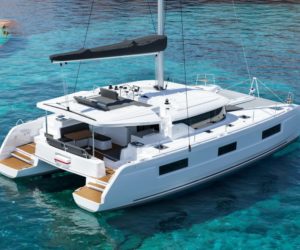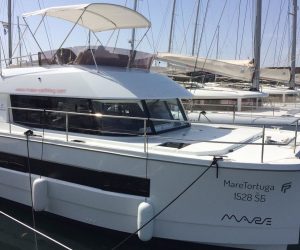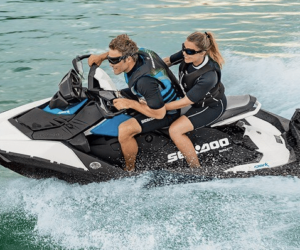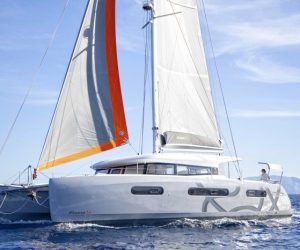The best time to visit Croatia
The best times to travel

Spring sailing: April to June
Spring is a wonderful time for a sailing holiday in Croatia. The temperatures are mild and nature comes to life. Air temperatures are between 15°C and 25°C, while the water slowly warms up and reaches around 20°C in June. The harbours and bays are less crowded, giving you a calmer sailing experience. However, the water is still particularly cool in April and May.
High season: July and August
The high season in July and August is the most popular time for a sailing holiday in Croatia. Temperatures are high, often between 25°C and 35°C, and the water reaches a pleasant 25°C to 28°C. This is the best time to enjoy the warm sea and the lively atmosphere of the Croatian coast. Bear in mind, however, that this time of year is the busiest for tourists and it can get crowded in some of the more popular places.
Autumn sailing: September and October
Autumn is another excellent time for a sailing holiday in Croatia. The temperatures are still pleasant, often between 20°C and 25°C, and the water remains warm with temperatures between 20°C and 24°C. The crowds disappear, which makes for a more relaxed sailing time. However, the weather can be changeable and you may be hit by rain clouds. Some tourist attractions are also closing.
Our summary
The best time for a sailing holiday in Croatia depends largely on your personal preferences. Spring and autumn offer milder temperatures and fewer tourists, while summer offers the best conditions for swimming and water sports activities. No matter which season you choose, Croatia will delight you with its breathtaking coastline, clear waters and rich cultural history.
Plan your next sailing holiday in Croatia with us and experience the beauty of this sailing paradise at your preferred travel time. You can find more detailed information on the weather at wetter.de





















